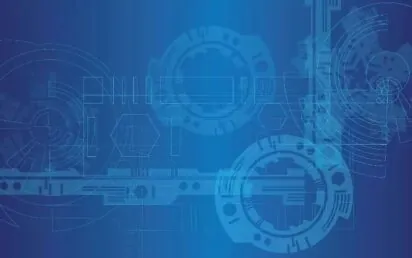New AI research suggests that self-driving cars could one day travel at speed through junctions without needing to slow down or stop.
The successful technology would mean an end to traffic lights and waiting at junctions, as artificial intelligence lets cars weave through junctions while avoiding other vehicles and pedestrians.
The research comes from the Autonomous Systems Lab at the SRM Institute of Science and Technology in India.
The technology at the heart of the idea relies on ‘Vehicle to Vehicle’ (V2V) and ‘Vehicle to everything’ (V2X) communication, which allows cars and objects to communicate with each other.
The paper aims to find an artificial intelligence which can work with cars to allow them “to traverse across the intersection in minimum time whilst also ensuring that none of the vehicles collide with other vehicles and/or obstacles”.
The seemingly easy task of navigating cars at speed actually requires lots of computation power.
In seconds, AI will need to find a route which is both as fast and as smooth as possible as it negotiates with other cars on the road.
While the idea of a non-stop journey would mean a welcome reduction in travel time, the research suggests there are still many problems to overcome before we see the technology on the road.
Most urgently, there is no established method for self-driving cars to share their routes with other cars or with an ‘intersection manager’ that would make the calculations.
With data privacy at the top of everyone’s agenda, the paper also warns that the information needed to calculate these routes might mean an infringement of ‘vehicle privacy’.
Instead, the paper suggests that each car would have to make its own calculations as it manoeuvres, and that lanes should be removed altogether as cars share all available space.
All of these problems are an important consideration for getting zero collision and minimum time as the vehicle traverses the intersection, the paper concludes.
“An optimal trade-off between many of the factors will have to be achieved.”


